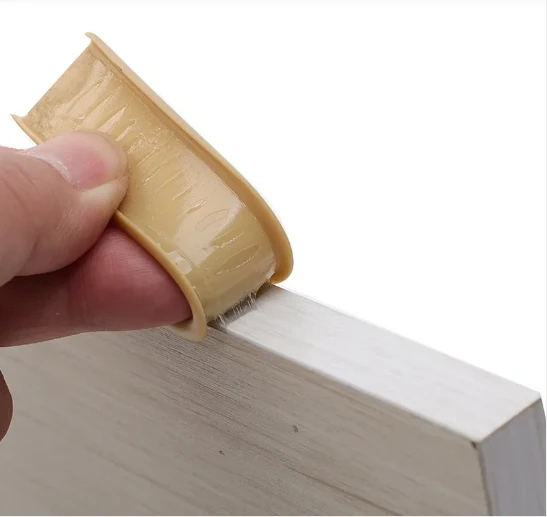drainage mat foundation
Understanding Drainage Mat Foundations Importance and Application
In the realm of construction and civil engineering, proper drainage is paramount to the longevity and integrity of structures. One innovative solution that has gained traction in recent years is the use of drainage mat foundations. These systems provide an effective means of managing water flow and preventing moisture-related issues in building foundations.
What is a Drainage Mat Foundation?
A drainage mat foundation is a specially engineered membrane or mat placed between the ground and the foundation of a building. Its primary function is to facilitate proper drainage by directing excess water away from the structure, thereby reducing hydrostatic pressure and the risk of water damage. These mats are typically made from permeable materials that allow water to flow through while preventing soil migration, often consisting of plastic or geotextile substrates.
The Importance of Drainage in Foundations
Moisture management is critical in construction because water accumulation can lead to a multitude of issues. Over time, excessive moisture can cause soil settlement, which may lead to uneven flooring, cracks in walls, and structural fatigue. In worse scenarios, persistent water exposure can foster mold growth and compromise indoor air quality, creating health risks for occupants.
Moreover, hydrostatic pressure from groundwater can exert significant force against foundation walls, leading to destabilization. By incorporating a drainage mat in the design of a foundation, builders can effectively reduce this pressure. The drainage mat acts as a conduit for water, allowing it to flow freely away from the foundation, ensuring it remains stable and dry.
Applications of Drainage Mat Foundations
drainage mat foundation

1. Residential Buildings In residential construction, drainage mats are often used in basements and crawl spaces. These areas are particularly vulnerable to water intrusion, especially in regions with high water tables. Installing a drainage mat helps prevent water accumulation, protecting the lower levels of the home and enhancing the overall durability of the structure.
2. Commercial Structures For commercial buildings, particularly those with large expanses of impervious surfaces, drainage mats are invaluable. They can be integrated into parking lots, retaining walls, and landscaping to manage runoff effectively. This is especially important in urban environments where natural drainage paths are often obstructed.
3. Infrastructure Projects In larger infrastructure projects, such as roads and bridges, drainage mats provide a crucial function in managing groundwater. They help to prevent roadbed failures and ensure the longevity of structures by maintaining proper drainage profiles.
Installation and Maintenance
Installing a drainage mat foundation involves several critical steps. First, the site must be assessed to understand the soil type and groundwater levels. After excavation, a layer of gravel may be laid down to further promote drainage. The drainage mat is then placed on top, followed by the building’s foundation.
While drainage mat foundations are designed to be efficient, regular maintenance is essential to ensure their effectiveness. This includes checking for any clogs in the system that could impede water flow and inspecting the integrity of the mat itself. Maintaining clear drainage pathways is crucial to avoiding potential issues in the future.
Conclusion
In summary, drainage mat foundations are an innovative solution to the ongoing challenge of managing water in construction. They provide essential support in preventing water damage and maintaining the structural integrity of buildings. Their adaptability makes them suitable for a variety of applications, from homes to large infrastructure projects. Understanding their significance and implementing them properly can lead to more durable, safe, and sustainable construction practices. As climate patterns continue to evolve, incorporating effective drainage solutions like drainage mats into building designs will be increasingly vital in safeguarding our constructions against the elements.
-
Under Door Draught Stopper: Essential ProtectionNewsJul.31,2025
-
Garage Door Seal and Weatherstrips for ProtectionNewsJul.31,2025
-
Edge Banding Tape for Perfect EdgesNewsJul.31,2025
-
Table Corner Guards and Wall Corner ProtectorsNewsJul.31,2025
-
Stair Nose Edging Trim and Tile Stair SolutionsNewsJul.31,2025
-
Truck Bed Rubber Mats for Pickup BedsNewsJul.31,2025
-
Window Weather Stripping for Noise ReductionNewsJul.29,2025